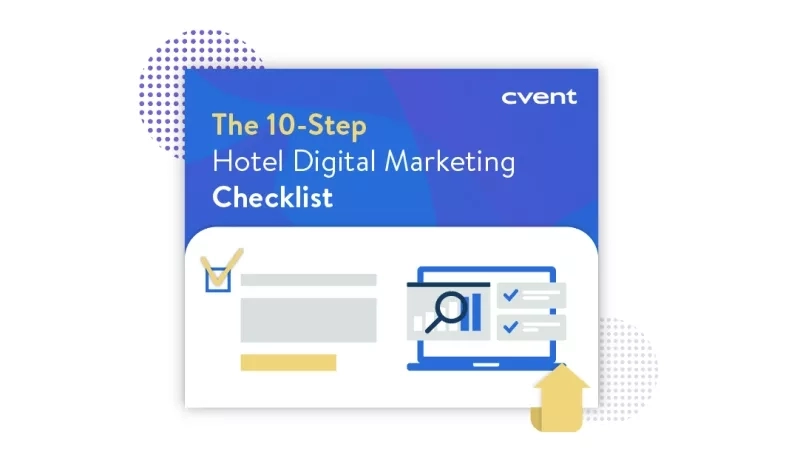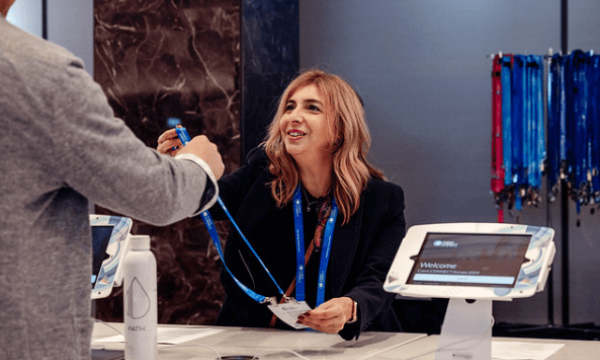While we see big brands using chatbots to engage users online, we are now seeing chatbots as a way to engage them more offline as well. Chatbot marketing for events is now being used as a tool in helping capture audiences and attendees.
We are seeing a trend of events moving away from apps as it’s becoming more difficult to rely on people downloading them. Instead, you can expect most people to use certain apps they already have, like Facebook Messenger, which boasts 1.2 billion monthly users. Chatbots for events are being used to not only sell more tickets, but also to increase audience engagement and act as a personal assistant for those attending. This is especially useful for larger events with many locations.
A chatbot will also play an integral role in your event before, after, and during. It will stretch the life cycle of your event and help it run in a more seamless manner.
Below are the ways in which chatbots are being leveraged for the entire event life cycle in order to boost engagement, drive brand awareness, and create new ways for consumers to interact with a business.
Everything you need to know about chatbot marketing for events
1. Building the bot
As you begin to develop your chatbot, is it important to first decide who is your audience. What is your bot's user persona? This will help you define its voice and tone. Next, decide the content and context. What information is going to be most useful for your user and how are they going to be asking for that information? A successful bot is defined on chatbotslife.com as one that serves a definitive purpose and makes the users smarter. As long as you understand who is attending your event and what they need and want to know, your chatbot will tick the correct boxes.
2. Before the event
Before the event, messenger chatbots are helpful in driving awareness. They can be used to establish a clear personality for your event through tone of voice and theme. With bots that work across social networks, your audience is now just one message away from engaging with your event before it has even started.
An event chatbot also allows prospective attendees the chance to explore the event’s venue, speakers, and more. Users can ask your chatbot for more information and insight in order to decide if it is something they are interested in.
Furthermore, if these users do decide they want to attend, they can easily purchase a ticket through the bot right on the platform. By not having to go somewhere else to purchase the ticket, users are more likely to buy. You now have the ability to use your creativity in deciding how you get your users to continue to use your bot before the event. Some great options are conversational surveys, polls, and other forms that continue the conversation.
3. During the event
Getting your audience to get the most out of an event can be hard, especially the larger the events become. A great tactic in helping your attendees discover more is by using parametric QR codes.
4. What is a parametric code?
First, you need to understand QR codes. A QR code is a graphic that codifies text that a scanner can read from a distance. A parametric code is essentially a QR code that can be scanned by a user’s camera and recognized on Facebook, Snapchat, and other social media platforms. Today, we are seeing these codes making a comeback in enhancing a brand’s discoverability.
Learn about group business best practices!
5. How are QR codes being used now?
In China, they use QR codes within WeChat on a daily basis. The New York Times reported, "It’s tough to fathom how critical the messenger app WeChat is for everyday life until the sixth person of the day asks to scan your QR code — a sort of bar code — to connect the two of you.” While they are clearly the norm in China, we have not seen them gain much traction in the U.S. until now.
Originally, QR codes weren’t perfect. Your phone wouldn’t scan them on its own, so you would have to download an app, point the camera, scan the code, hope it works, and then end up on some website that wasn’t optimized for mobile. With parametric codes, though, Facebook is now making the experience a whole lot easier. There’s no more downloading separate apps, just use the camera directly within the Messenger app. With such ease of use, expect to see these codes moving onto different platforms as the experience of moving someone from the physical to digital world becomes more seamless.
6. What can parametric codes do for an event?
Before long, scanning codes will feel as natural as using your fingerprint to unlock your phone. Additionally, the rise of QR codes will bring augmented reality into your life in all sorts of previously impossible ways. QR codes aren’t a failure from the past – they are the future.
At Facebook’s F8, their big developer event, they announced parametric codes and that they’d be given a huge push into the future. For events, this is a great way to bridge the gap between the online world and the offline world. String QR codes around throughout your venue and allow your guests to discover something new: more information, different locations, special happenings, whatever you want. This embeds your audience further into the experience, giving them more things to interact with both physically and digitally.
7. After the event
Chatbots are great tools for following up with individuals after the event is over, too. They allow you to continue to be in communication with those who attended and gain useful feedback and analytics on the success of your bot. You can see how many people used your event bot, what information they requested, if any issues arose, and more.
Spikes Asia Festival of Creativity used a chatbot and found that after the event, the most popular actions performed by the user were accessing the festival program, setting alerts, and getting directions to the venue. This feedback will be useful in creating a more successful event, and a smarter bot, for next year.
ith the rise (again) of QR codes, combined with the continuous enhancement and development of chatbots, leveraging this technology for the entirety of an event lifecycle can be the key to success for businesses. When you create a seamless experience for the user in bringing them from the physical world into the digital, they are more likely to remember your brand, engage with it, and participate in your events well into the future.
UP NEXT: Learn all about augmented reality for events and why it's important!
Written by Jonathan Shriftman.
Jonathan is the Director of BD at Snaps, the leading conversational marketing platform powering the AI chatbots, voice skills and social messaging experiences for the Fortune 500. Prior to Snaps, Jonathan founded Humin, an address book & messaging app, and led towards acquisition by Tinder in 2016.




